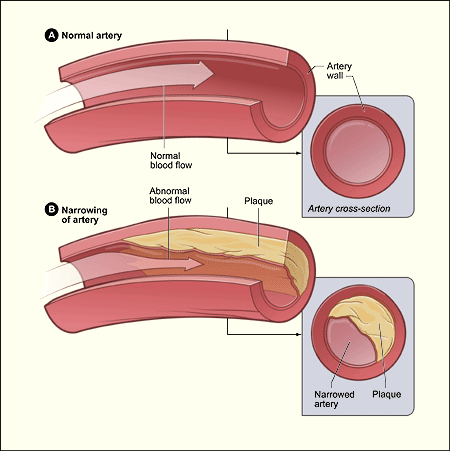First National Preventive Health Research Programme YELP Holistic First Business Plan YELP Holistic First Business Plan Defined Terms SWOT Analysis Executive Summary Deliverables And Costs Snapshot Page To 10 Benchmark Techniques Defined Terms for Five YELP Business Plans
Second National Preventive Health Research Programme
First BTAAP Business Plan Bohemian Teenagers Show Choir Programme Defined Terms BTSCP
Second BTAAP Business Plan Bohemian Teenagers Symphony Orchestras Programme Defined Terms - Bohemian Teenager Symphony Orchestra Programme
Third BTAAP Business Plan Bohemian Teenager Ballet & Modern Dance Programme Defined Terms BTB&MDCP
Coronary Artery Disease or CAD or Coronary Heart Disease or CHD means a condition in which plaque builds up inside the coronary arteries. These arteries supply the heart with oxygen-rich blood.
Plaque is made up of fat, cholesterol, calcium, and other substances found in the blood. When plaque builds up in the arteries, the condition is called atherosclerosis (ATH-er-o-skler-O-sis).
Plaque narrows the arteries and reduces blood flow to your heart muscle. It also makes it more likely that blood clots will form in your arteries. Blood clots can partially or completely block blood flow.
When coronary arteries are narrowed or blocked, oxygen-rich blood cannot reach the heart muscle. This can cause angina (an-JI-nuh or AN-juh-nuh) or a heart attack.
Angina is chest pain or discomfort that occurs when not enough oxygen-rich blood is flowing to an area of your heart muscle. Angina may feel like pressure or squeezing in your chest. The pain also may occur in your shoulders, arms, neck, jaw, or back.
A heart attack occurs when blood flow to an area of your heart muscle is completely blocked. This prevents oxygen-rich blood from reaching that area of heart muscle and causes it to die. Without quick treatment, a heart attack can lead to serious problems and even death.
Over time, CAD can weaken the heart muscle and lead to heart failure and arrhythmias (ah-RITH-me-ahs). Heart failure is a condition in which your heart can't pump enough blood throughout your body. Arrhythmias are problems with the speed or rhythm of your heartbeat.
Regular exercise has been shown to reduce blood cholesterol levels.
"The high price of heart disease" notes that an analysis by the Australia Institute of Health and Welfare (AIHW) on health spending according to disease found cardiovascular disease cost $5.4 billion, in 2000/01.
Diseases of the heart accounted for 38 per cent of deaths in the period. All up, the burden of disease accounted for 89%, or $49.2 billion, of annual spending on health. After the heart, disorders of the nervous system accounted for the next biggest share of health dollars, taking 9.9 per cent of annual health expenditure.
The substantial level of spending on nervous system diseases related to the high cost of Alzheimer's disease and looking after dementia patients in aged care. Other diseases requiring high levels of spending included musculoskeletal diseases, injuries, respiratory ailments, oral health and mental disorders.
The AIHW said the top seven high spending diseases accounted for nearly 60 per cent of allocated health expenditure. Since 1993/94, health spending on disease has grown by 37 per cent. The area of biggest spending growth was dental care (50 per cent), followed by nervous system disorders (45 per cent) and digestive system disorders (38 per cent).
|
